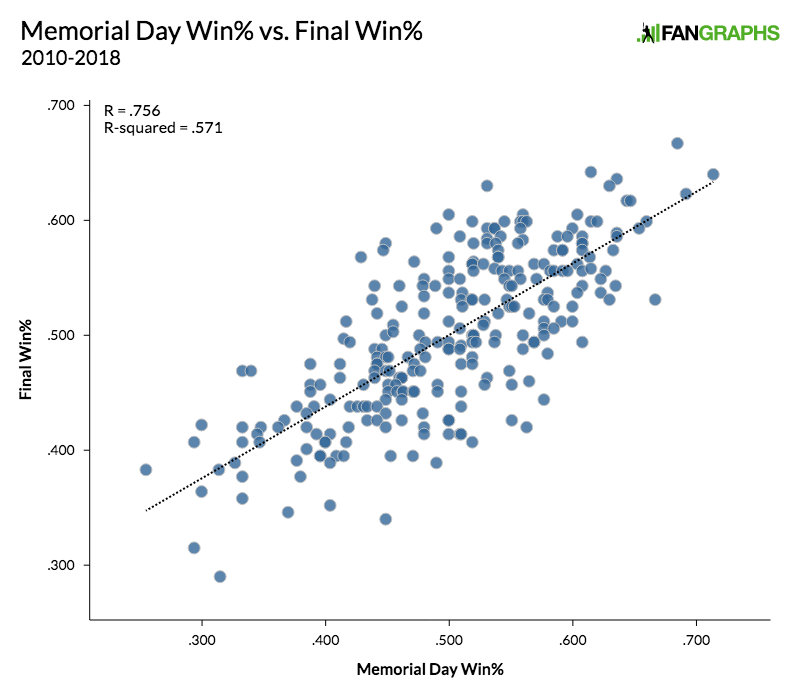Scott Kingery’s Royal Improvement
Scott Kingery has had an eventful career.
A second round pick out of the University of Arizona back in 2015, Kingery breezed through Philadelphia’s minor league system. In 2017, he hit .304/.359/.530 with 26 home runs across 603 plate appearances split between Double-A and Triple-A. The next spring, Eric Longenhagen ranked Kingery as the team’s second-best prospect, calling him “a potential star.”
Kingery made national headlines that March when he signed a six-year, $24 million deal, becoming just the second drafted player to sign a multi-year contract before playing in a big league game. Soon after, Sheryl Ring analyzed each side’s motivation for making the move.
“The Phillies and Kingery both walk away with what they needed,” Ring wrote. “For the Phillies, their best chance to win now and, for Kingery, life-changing money. Deals don’t get any better than that.”
In his first taste of the big leagues, Kingery struggled. He played in 147 games, primarily at shortstop (887 innings), though he also saw action at six different positions and even pitched once. But his bat never came around. He slashed just .226/.267/.338 with eight homers and a 62 wRC+. Among batters with at least 400 plate appearances, Kingery was the fifth-worst hitter in baseball. Solid defense (3.4 runs above average) and baserunning (3.4) kept him on the roster, but Kingery was basically a replacement-level performer.
This season, Phillies fans are seeing a rejuvenated Kingery, and not a moment too soon. With Andrew McCutchen on the shelf with a torn ACL, Odubel Herrera on administrative leave after being charged with domestic violence, and Adam Haseley on the injured list after straining his groin, the Phillies’ outfield depth is perilously thin. A trade for Jay Bruce provided reinforcement, but Philadelphia needed someone else to step up, too. Read the rest of this entry »


